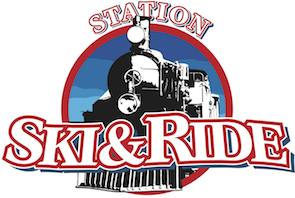These kinds of adventures can be made much more pleasant with some well-chosen equipment, a well-designed bike, and a well-conceived plan.
To lay a solid foundation for your bikepacking practice, why not start with a ready-to-camp trip or a night at a motel?
Your bikepacking needs will vary depending on the length and the location of your chosen adventure. The availability of food and water along your course will also be a major deciding factor.
Obviously, if you’re riding in the desert, you’ll need to bring a large quantity of water so that you don’t run dry which can be very dangerous.
Ideally, you should plan on 500ml to 1000ml of water per hour. So crack out the calculator to figure the quantity of water you will need to carry with you between watering holes!
Remember: when in doubt, never forget your water filter!
If you’re heading into the deeper corners of the national parks or other nature reserves in Canada or the United States, you should also plan on bringing an appropriate supply of food.
Even if you’re traveling in more populated areas, it’s still worth planning your stops in advance and checking the store hours of opening.
Of course, you’ll need a tent, a bivy sack, or a hammock, as well as a sleeping bag, potentially a ground cover or sleeping pad, and all the necessary equipment for your camp.
Since space is limited, it’s better to use the lightest and most compact materials possible.
n order to fix any issues which may arise on a longer trip, it’s necessary to have all the materials for repairs. From a torn tire to a major mechanical problem, or even just to be able to repair your clothes or other materials, it’s a good idea to bring a few well-selected tools.

